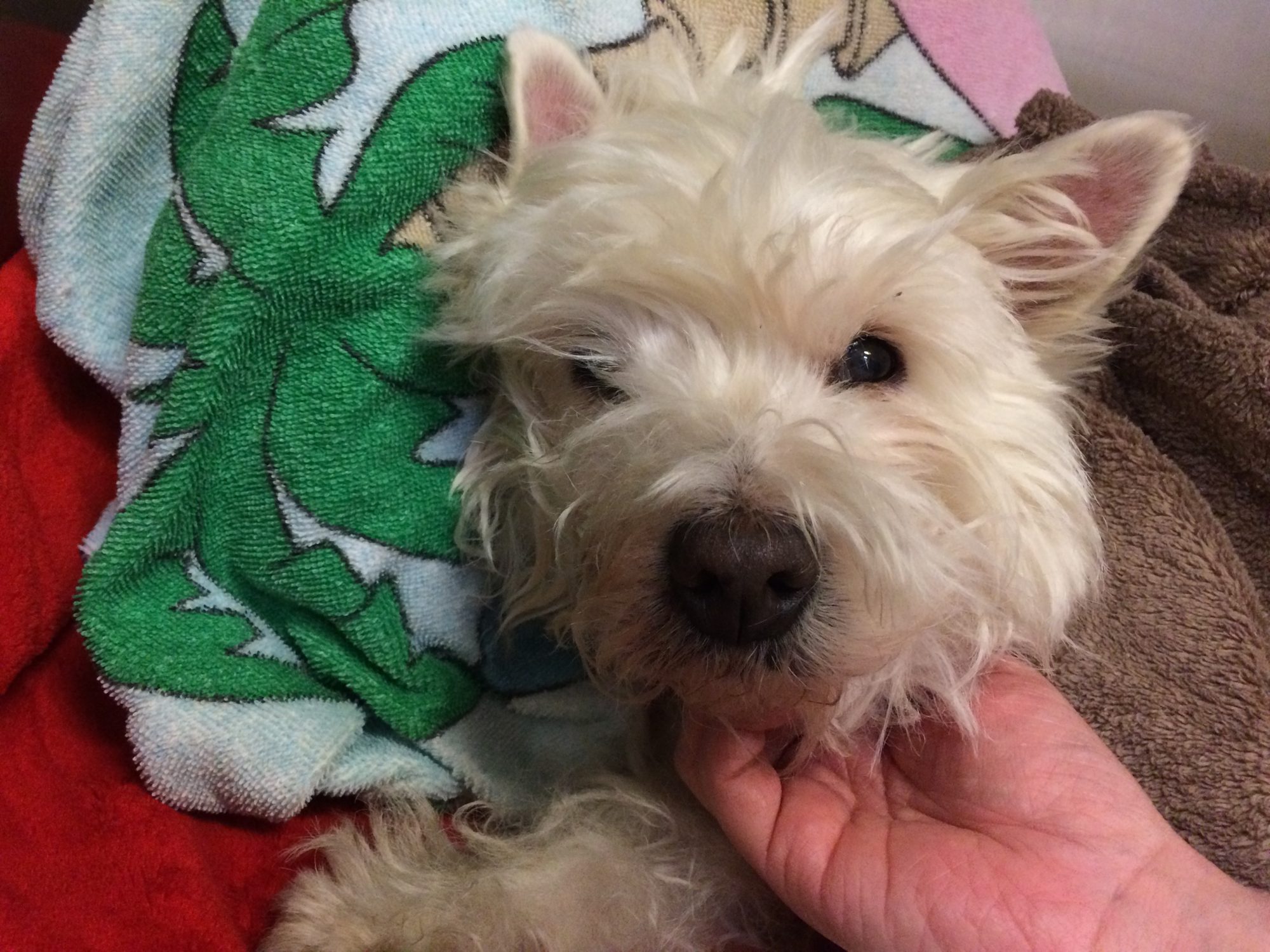Dr. Phil Zeltzman’s Blog
How to enjoy a Fear Free visit to the vet
I recently became Fear Free Certified.
What exactly does it mean? Fear Free is a nationwide effort to decrease fear, anxiety and stress in cats and dogs visiting a vet clinic.

Dr. Marty Becker, “America’s Veterinarian,” founded this certification program that teaches Drs. and their nurses make visits to the vet something pets and their owners can both look forward to.
Here are a few simple things that could be done during a “Fear Free” vet visit. The Dr and staff might:
. Initially avoid eye contact with your pet and focus on you instead
. Provide non-slip surfaces for your pet to stand or rest on to improve balance
. Use gentle pressure to soothe the pet using a towel or compression garment
. Create a calming environment with pheromone diffusers and aromatherapy
. Play calming music to promote relaxation
. Actively work to reduce stressful noises
. Create a relaxing environment through calming hospital colors and gentle lighting
. Prescribe anti-anxiety or other calming medications & supplements
If your pet is showing excessive signs of fear, anxiety, or stress, the team may delay or postpone the exam or other procedures until your pet is more relaxed
5 ways you can help make the veterinary visit Fear Free for your pet
1.. Prep your pet
Positively accustom your pet to the carrier or restraint device and condition happy experiences in the vehicle. Using low calorie treats is a great way to do that.
2.. Limit food before the appointment
Unless medically contra-indicated, bringing your pet in hungry increases the reward value of food during the visit to better condition your pet to the positives of care. Of course, you can’t do that if your pet will have anesthesia, or before certain blood tests. So please ask what you can do.
3.. Explore waiting room alternatives
Work with the receptionist or other team members to determine the optimal location to wait with your pet. In some cases, it could be your car. In other cases, you may need to bypass the waiting room and go straight into an exam room.
4.. Be open to non-traditional techniques
This can include not taking your pet’s temperature, examining your pet in your lap or on the floor. Treats and toys can be used to move a dog willingly onto the scale, into the exam room and onto the exam table
5.. Consider new strategies to reduce fear, anxiety, and stress
In many cases, pets will benefit tremendously from pre-visit medications, supplements or sedatives, as well as conditioning the pet to specific aspects of vet care prior to their next visit.
To learn more about signs of stress, see the table below. Some signs may surprise you.
Stressful veterinary visits can be a real problem for pets, pet owners and veterinary healthcare team members. So I see the Fear Free initiative as the ultimate win-win-win situation.
For more information, visit www.fearfreepets.com
SIGNS OF STRESS
- Avoiding veterinary team members
- Closeness to you or climbing up on you
- Dilated pupils
- Fidgeting (circling, barking, not able to sit still)
- Hiding
- Hypervigilance (looking around everywhere, seemingly paranoid)
- Licking lips, or lips drawn back
- Lunging
- Pacing
- Panting
- Piloerection (hair raised)
- Snarling, or biting avoiding veterinary team members
- Tail down, tucked, or high over the back
- Trembling
- Turning away when you look at him, or turning his back to stimuli
- Whining, growling, snarling, or biting
- Yawning

Dr. Phil Zeltzman is a traveling veterinary surgeon in Pennsylvania & New Jersey. An award-winning author, he loves to share his adventures in practice along with information about vet medicine and surgery that can really help your pets. Dr. Zeltzman specializes in orthopedic, neurologic, cancer, and soft tissue surgeries for dogs, cats, and small exotics. By working with local family vets, he offers the best surgical care, safest anesthesia, and utmost pain management to all his patients. Sign up to get an email when he updates his blog, and follow him on Facebook, too!

